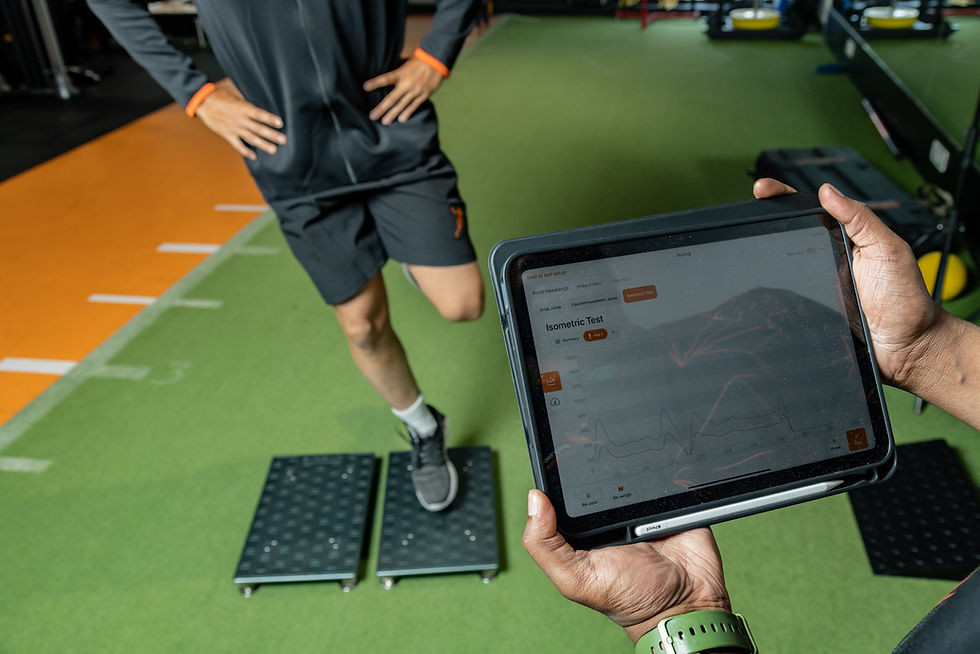ACUTE MECHANICAL LOW BACK PAIN
- Omkar Shirke

- Apr 22, 2022
- 2 min read
Updated: Jun 1, 2023

What is acute mechanical low back pain and who experience it?
Low back pain is the most common health problem in the world. A person who suffers from low back pain has restriction in Activities of daily living and decreased productivity at work. Hence managing these acute low back pain episodes is extremely important. Acute low back pain episode may last up to 6 weeks.
Pain typically arises from the spine, intervertebral disks, or surrounding soft tissues {1}.
One may experience aching, burning, stabbing, sharp or dull and well-defined type of pain.

Researchers believe that Low back pain is an extremely common presenting complaint that occurs in upward of 80% of persons. A person may experience low back pain at once in his lifetime {2}.
What are the causes of acute low back pain?
Low back pain episode can be triggered by everyday stresses on the spine and the back during exercise and general daily activities.
The deep core muscles (set of core muscles located very close to spine mainly transverse abdominals, multifidus, quadratus lumborum, psoas, and deep fascicles of the erector spinae) were weakened individually and together.

Deep core muscle weakness, peak anterior shear loading increased on all lumbar vertebrae while doing a specific activity e.g running, lifting heavy load or sustained postures.


Muscular compensations may increase risk of muscular fatigue or injury and increased spinal loading .Therefore, insufficient strength of the deep core musculature may increase one’s risk of developing LBP {3}.
Additionally, muscular tension (spasm) in the surrounding tissues may occur resulting in a “trunk shift” (the body tilts to one side more than the other).
How long does the pain episode last?
Chemical and mechanical stimulation of nociceptors adjacent to damaged endplates are likely a source of pain in acute episodes {4}. Once the chemical pain settles down, the episode may last for up to 6 weeks with decrease in the intensity of pain and painful activities getting better.
How to manage acute low back pain?
Along with anti-inflammatory medications in severe intensity of pain cold water fermentation can be advised.
Mckenzie method of evaluation and prescribing corrective movements with the specific intervals should be given, taking into consideration of the mechanical stresses on the individual {5}.


Once the pain intensity lowers down deep core muscle strengthening should be initiated. The main focus should be on activating the deep core muscles such as Transverse abdominals and Mutifidus.


Including techniques like deep tissue release in the later stages to manage the muscle spasm.
Home, workplace ergonomics and ergonomics of lifting should be taught to avoid improper spinal loading in the acute phase of the pain.



Proper Sleeping postures to be taught to avoid morning stiffness and pain.

While you can’t prevent accidental injury, stop aging or change your genetic pattern, changes in lifestyle following workplace ergonomics and avoiding prolonged postures can help manage and prevent lower back pain.
References-
1] Will JS, Bury DC, Miller JA. Mechanical Low Back Pain. Am Fam Physician. 2018;98(7):421-428.
2] Patrick N, Emanski E, Knaub MA. Acute and chronic low back pain. Med Clin North Am. 2014;98(4):777-xii. doi:10.1016/j.mcna.2014.03.005.
3] Raabe ME, Chaudhari AMW. Biomechanical consequences of running with deep core muscle weakness. J Biomech. 2018;67:98-105. doi:10.1016/j.jbiomech.2017.11.037.
4] Dudli S, Fields AJ, Samartzis D, Karppinen J, Lotz JC. Pathobiology of Modic changes. Eur Spine J. 2016;25(11):3723-3734. doi:10.1007/s00586-016-4459-7.
5] Will JS, Bury DC, Miller JA. Mechanical Low Back Pain. Am Fam Physician. 2018;98(7):421-428. https://pubmed.ncbi.nlm.nih.gov/30252425/




Comments